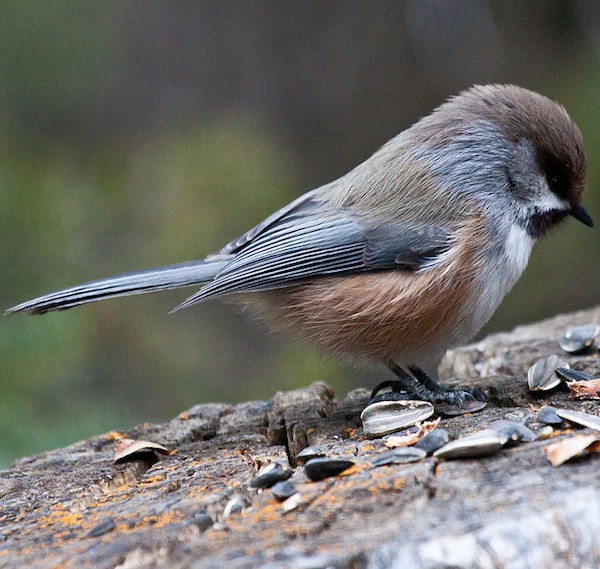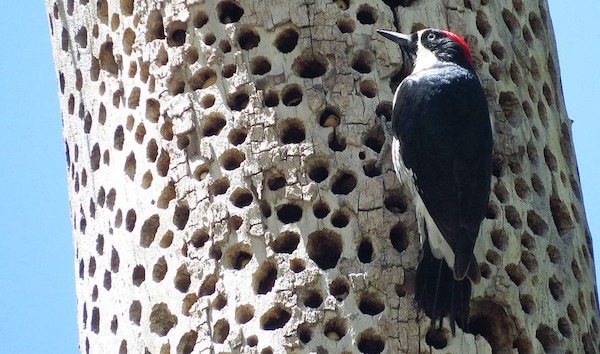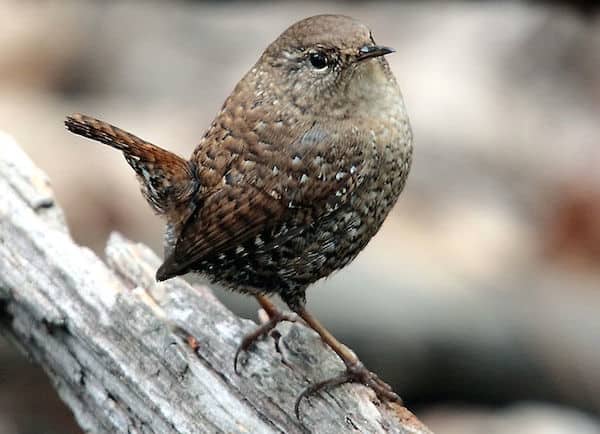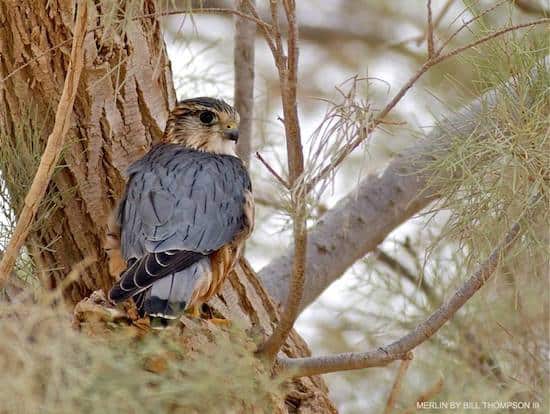Look For
The boreal chickadee is a small bird but could be considered large compared to other chickadees. It has a round, stout body and a small, black bill. Its upperparts are primarily brown with a dark brown cap and reddish-brown flanks. It has a gray face, nape, wings and tail and a black bib. Its cheeks and underparts are white.
Listen For
The boreal chickadee’s call is a gruff, nasally chicka-dee-dee.
Find It
The boreal chickadee lives year-round in the northernmost parts of North America including Alaska and most of Canada from British Columbia and the Yukon Territory all the way east to Newfoundland and Nova Scotia. On occasion, especially during the wintertime, the boreal chickadee can also be found in parts of New England and a few other northern states in the U.S. including small parts of Michigan, Wisconsin, Washington, Idaho, and Montana. Across the map, the boreal chickadee can be found in coniferous forests, particularly preferring spruce trees.
Feeding Behavior
The boreal chickadee feeds primarily on insects including larvae, moths, beetles, caterpillars and spiders. It also eats a variety of different seeds that it stores in caches to help survive long, harsh winters. The boreal chickadee forages by moving amongst the branches of coniferous trees, gleaning insects from the bark, twigs, and leaves.
Nesting Behavior
The boreal chickadee places its nest in a low hole on a tree typically no higher than 12 feet up. The holes in the trees are either cavities that formed naturally or were previously hollowed out by a woodpecker. The boreal chickadee may work in carving and excavating it out further in order to make it suitable for nesting.
The female builds the nest, filling the hole with a foundation of bark, hair, feathers, moss, and various other plant materials. The female lays 4 to 9 eggs that are white with reddish-brown speckling. The female incubates the eggs for 11 to 16 days before hatching. The female cares for the young and the male brings them food for 18 days before the young are ready to leave the nest.




